I first heard of Bam back in 2003, when I read a piece in the International Herald Tribune about its destruction in an earthquake. I knew nothing of Iran, and was pretty surprised to learn that such a place as Bam—an ancient citadel with roots as far back as 500 BC, and with most of the surviving mud-brick buildings dating from the Safavid era (1501–1736). I promptly forgot about Bam, but I was reminded of it when I started to leaf through my Lonely Planet and trying to figure out what I should see in Iran. And, in truth, the memory of that news report probably gave me false expectations, as in my mind I had conflated the modern town and its casualties with the ancient town, and come away with impression that Bam had been a town where people had continued to live in ancient buildings until the quake. This false memory was reinforced by a rather vague description in Lonely Planet, which describes that the quake's destroyed the mud brick homes in which most people lived, and forced them to build steel-framed buildings to replace them, but failing to mention that these mud-brick homes were less than 50 years old.
Anyway, the reality is that most of the older buildings below the citadel were in ruined or semi-ruined condition well before the 2003 quake, and that only the citadel itself was in good repair at that time. The same is true for nearby Rayen, which was largely spared in 2003.
Bam isn't a major town, and almost all buses will be running through to Zahedan, so the de facto bus stop is a roundabout on the south edge of town. From there is a a few kilometers to Lonely Planet's highly-recommended place to stay, Akbar Tourist Guesthouse. Akbar's may actually be the best option in Bam, but given the dearth of options I don't think that's saying much.
Akbar said he would give me a discount to 250,000 rial. If he had been there when I arrived, I probably would have walked away and returned to Kerman in the evening, but it was now late afternoon and I wouldn't be able to see the Arg before it got dark. So I ended up agreeing to stay.
In all honesty, his place was pretty rough. I know there was an earthquake, but it happened nine years earlier, in 2003. Construction was ongoing and the stairs were completely open on one side, with not even a railing for safety. The rooms were already quite dingy and dirty, with stained carpets. The shared bathrooms had inoperative toilets and showers, and were full of mosquitos. They also lacked hot water, so after I had dropped my bag Akbar let me use one of the bathrooms in a nicer room, but I had to chose if I wanted to use it in the evening or the night. As someone who showers in the morning and the evening, this sucked. In all, it was pretty unimpressive, at any price.
But whatever. I headed out to see the Arg, which was another three or four kilometers north of Akbar's. Outside of the historical areas, Iranian cities aren't especially attractive, and Bam was even uglier than most. No doubt this is a harsh assessment in light of the 2003 earthquake (but given the Iran's huge population boom—half the population is under 25—and concomitant building expansion, this isn't as unfair as you might imagine), but the area between the Arg and the highway has a very industrial feel.
After visiting the Arg, I headed into downtown Bam in search of a money changer. Many, if not most,
bazaars in Iran are ancient buildings that have been in continuous use for hundreds of years, just like the market in Kerman. In contrast, Bam's market is modern, though it is built in the same style of alleys covered in domes with shops along the sides. And although I was easily able to see banks along the main street, I wasn't able to find any money changers, so after exploring for a little bit I headed back to Akbar's.
So that was the plan as I plunked myself down next to all the other locals waiting by the roundabout for buses to make their brief stops there. The first couple of buses seemed not to be going to Kerman (don't know where else they would be going, though; possibly they were headed to points beyond Kerman, and didn't want someone who was only going to Kerman), but the third or fourth bus said they were going to Kerman, so I hopped on. Someone else boarding the bus said they were going to Yazd, so after confirming that it would be going to Yazd I bought a ticket to there, instead (I wanted to go to Yazd at some point, and heading there after Bandar Abbas would require a bit of backtracking to get to Shiraz).
Anyway, the reality is that most of the older buildings below the citadel were in ruined or semi-ruined condition well before the 2003 quake, and that only the citadel itself was in good repair at that time. The same is true for nearby Rayen, which was largely spared in 2003.
From Kerman to Bam
The bus station in Kerman is a bit of a mess, as it is unusually spread out, with different ticket offices in different for different companies and destinations. There are also touts outside offices trying to get people onto their buses before they leave, which can be slightly confusing. Buses to Bam run fairly frequently, but I ended up waiting for about an hour for mine to leave.Bam isn't a major town, and almost all buses will be running through to Zahedan, so the de facto bus stop is a roundabout on the south edge of town. From there is a a few kilometers to Lonely Planet's highly-recommended place to stay, Akbar Tourist Guesthouse. Akbar's may actually be the best option in Bam, but given the dearth of options I don't think that's saying much.
Mr. Akbar's Tourist Guesthouse
I arrived at the guesthouse at about the same time as a couple of Iranians who arrived by car, but we were both stymied by no one being there, so we waited in the courtyard. It was well over an hour before anyone arrived, and the Iranian pair checked in first. I received a bit of a shock when I was told that the price the cheapest room was 300,000 rial, as the recent Lonely Planet suggested the price should be about 130,000 rial—clearly he was doing something like Vali and boosting his prices. Of course, this was especially shocking given that the triple room in Kerman had been a total of 270,000 rial.Akbar said he would give me a discount to 250,000 rial. If he had been there when I arrived, I probably would have walked away and returned to Kerman in the evening, but it was now late afternoon and I wouldn't be able to see the Arg before it got dark. So I ended up agreeing to stay.
In all honesty, his place was pretty rough. I know there was an earthquake, but it happened nine years earlier, in 2003. Construction was ongoing and the stairs were completely open on one side, with not even a railing for safety. The rooms were already quite dingy and dirty, with stained carpets. The shared bathrooms had inoperative toilets and showers, and were full of mosquitos. They also lacked hot water, so after I had dropped my bag Akbar let me use one of the bathrooms in a nicer room, but I had to chose if I wanted to use it in the evening or the night. As someone who showers in the morning and the evening, this sucked. In all, it was pretty unimpressive, at any price.
But whatever. I headed out to see the Arg, which was another three or four kilometers north of Akbar's. Outside of the historical areas, Iranian cities aren't especially attractive, and Bam was even uglier than most. No doubt this is a harsh assessment in light of the 2003 earthquake (but given the Iran's huge population boom—half the population is under 25—and concomitant building expansion, this isn't as unfair as you might imagine), but the area between the Arg and the highway has a very industrial feel.
 |
| View from the southwestern edge of the Arg complex. Thee walls are one of the few sections of town aside from the citadel that had been reconstructed. |
The naming of the Arg is a bit confusing, as Arg (or Ark) is usually used to refer to a citadel, but in Bam the entire ancient city complex is referred to as the Arg-e-Bam. The ancient city itself contains a citadel on the northern end, which makes it a little difficult to differentiate whether you're talking about the citadel within the ancient city, or just the entire ancient city complex.
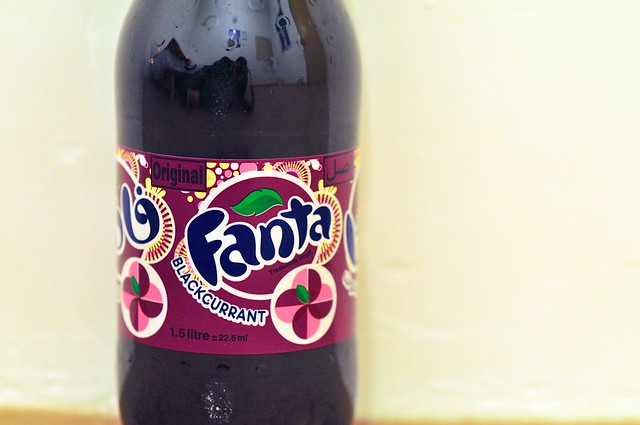 |
| Black currant Fanta! I love black current, and one of my favourite snacks are black currant wafers that I've only been able to reliably find in one grocery store in Bangkok. |
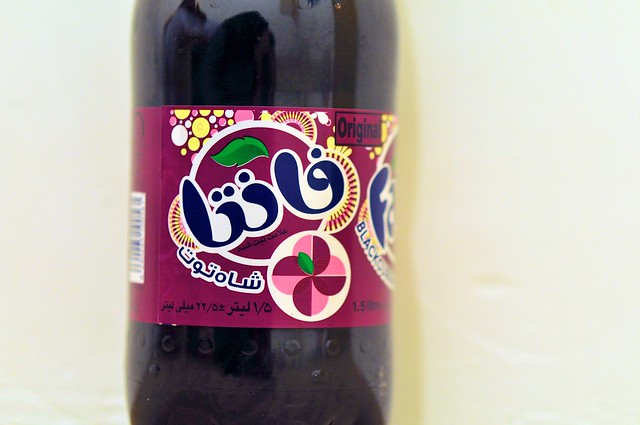 |
| The taste wasn't all that I had hoped, but the bottle design is great—especially in Arabic script. That non-carbonated black-currant drink in Xinjiang was so much better. |
Back at Akbar's I cooked some dinner on my stove, on the dirty floor. You can get a lot of packaged food in Iran, from pre-prepared classics like khoresht stews or fesenjun pomegranate-chicken in cans, to dry soup mixes to sealed packets you can boil in water. They're actually pretty good, and given the difficulty of finding these foods in restaurants they're a decent option. When I first arrived in Iran I was afraid of being ripped off in small shops and kiosks (though in retrospect I wouldn't be ripped off since most people would think I was just a really quiet Iranian), especially since some things that seem like they should be the same price are actually different prices (Cheetos-style cheese snack were 5,000 rials while similar packs of potato chips were 8,000, making me suspect some vendors were price gouging or something). In reality, however, virtually every single packaged food product sold in Iran will have the price stamped on it in small black text. Of course it's in Arabic, but not the Western Arabic numerals we use, but in another form of Eastern Arabic numerals, which are fairly easy to learn. So it's pretty easy to now how much everything should cost. The final complication is that Iran talks about currency in two different ways: in rials and tomans. There are 10 rials to a toman. Because they differ by an order of magnitude, it's usually clear which is meant, but it can throw you for a loop until you're familiar with how much things should cost.
Anyway, after cooking my dinner I stole a hot shower in one of the rooms with a bathroom, and headed to bed. Some of my soup boiled over onto the carpet, and you could barely even notice any staining from it, layered with dirt as it was.
When I asked for the key to the room where I was to take a shower, I also asked about changing money. I hadn't changed enough in Mashhad, and now I was running out of rial. Akbar said that there were no moneychangers in Bam (yeah, right) but that he could change some Of course, the rate he could give wasn't that great—about midway between the bank rate and the money-changer rate (moneychangers are legal, so it's not a black market, but they offer a significantly better rate than banks do)—and he complained that he would be losing money if he changed money for me. I figured I would try to find a money-changer the next day, and only change a bit of money with Akbar if I wasn't able to find one.
The next morning, I met a European couple in the courtyard. They had arrived later the prior night in their jeep, as they were traveling overland to Pakistan (Bam is one of the last safe places before the border, and at the time you were supposed to need an armed guard on the last stretch to the border). I think it's these sort of Pakistan-bound travelers that Akbar's is really best for, as those not headed East are probably best served by seeing Bam as a day trip from Kerman.
Anyway, after talking to this couple, I discovered that the tow of them were staying in a double room with private bathroom, and the price for their room was 300,000 rial—the same price that Akbar had told me my room would normally cost, if not for my "discount." As the rooms with a bathroom really are quite a bit nicer than the dirty and Spartan shared-bathroom room I was in, this was really disappointing. So it was clear I didn't really receive any discount at all, but simply got a much crappier room in exchange for paying 50,000 less than his initial quote.
The Arg and surrounding area
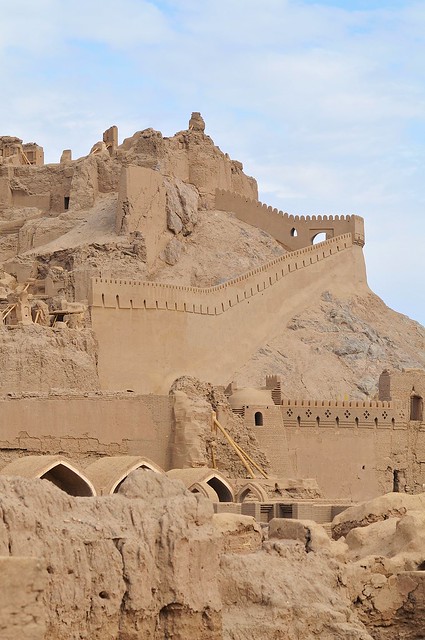 |
| Inside the Arg complex. Aside from the reconstruction work on the citadel, most everything below it remains destroyed. |
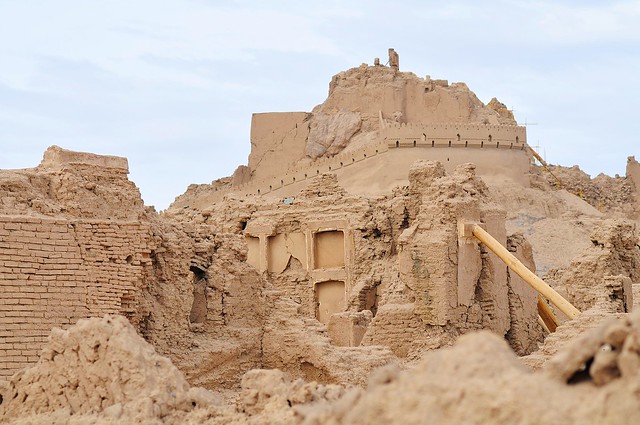 |
| There are only a few walkways/paths you are allowed to go on, mostly forming a large "L" around the perimeter of the complex. |
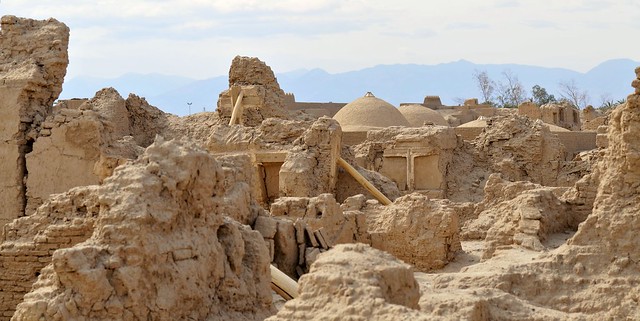 |
| A few reconstructed domes along the main walkway, as seen from behind them, in the ruins that characterize most of the complex. |
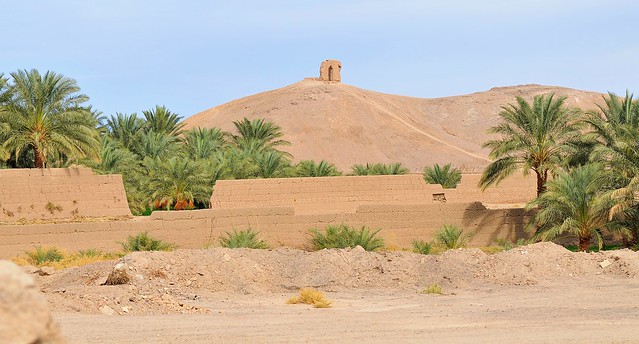 |
| I believe these mud-brick walls probably resemble what the houses of modern Bam looked like before the earthquake. |
After visiting the Arg, I headed into downtown Bam in search of a money changer. Many, if not most,
bazaars in Iran are ancient buildings that have been in continuous use for hundreds of years, just like the market in Kerman. In contrast, Bam's market is modern, though it is built in the same style of alleys covered in domes with shops along the sides. And although I was easily able to see banks along the main street, I wasn't able to find any money changers, so after exploring for a little bit I headed back to Akbar's.
Mr. Akbar gets offended
Having had no success in finding a money changer, I changed a small amount of money with Mr. Akbar when I returned to pay and pick up my bag. I was still annoyed with his lies about giving me a discount on my room, and although I normally would have simply bit my tongue and paid without complain, this time I decided to pay with complaint. I wasn't trying to bargain for a lower price, as I had agreed on his price, but as was giving him the money I asked him why he had told me he was giving me a discount on the room when it was clear from the European couple that a 300,000 rial room would have been nicer and had a private bathroom. He got very upset at me asking him this question, even though I told him I would pay the rate we had agreed to: I just wanted to know why he had lied to me. He started telling me he had been in business for twenty years and had never had a complaint or any problem like this before, and he said that he wouldn't take any money from me and tried to give it back to me. Now, if he had said he would give me a discount, I might have taken his contrition seriously, but by refusing any payment and acting in an exaggeratedly aggrieved manner, it seemed like a grand display of manners—of taarof, where I was also expected to turn him down. And that's what I did: as he pressed the money in my hands followed me in his car and offered to drive me to the highway bus stop, I simply tucked the money underneath his windshield wiper and walked away. The dance of manners satisfied and his honor defended, he stopped and left me alone, and I walked to the highway.Bam to Yazd
At this point my plan was to catch a bus to Kerman, then take an overnight bus to Bandar Abbas, on the Persian Gulf. This would let me take a ferry to Hormoz Island and then over to Qeshm Island. One of the main reasons for this plan was that I wanted to go somewhere hot for a while, as the last month or so had been on the cool side, with cold nights, and I wanted to warm up a bit.So that was the plan as I plunked myself down next to all the other locals waiting by the roundabout for buses to make their brief stops there. The first couple of buses seemed not to be going to Kerman (don't know where else they would be going, though; possibly they were headed to points beyond Kerman, and didn't want someone who was only going to Kerman), but the third or fourth bus said they were going to Kerman, so I hopped on. Someone else boarding the bus said they were going to Yazd, so after confirming that it would be going to Yazd I bought a ticket to there, instead (I wanted to go to Yazd at some point, and heading there after Bandar Abbas would require a bit of backtracking to get to Shiraz).
Budget
November 19, from Kerman to Bam: 470,000 rial
- Samsa: 10,000 rial
- Chips, 4 soups, cookies: 70,000 rial
- Chips & cheezies: 13,000 rial
- Bus to Bam: 13,000 rial
- Chips, 2.5 liter Fanta, 2 cans of food, 1 packet of food: 80,000 rial
- Room at Akbar's: 250,000 rial
November 20, from Bam to Yazd: 250, 000 rial
- Bus to Yazd: 120,000 rial
- Snacks: 40,000 rial
- Dinner—chicken kebabs: 90,000 rial





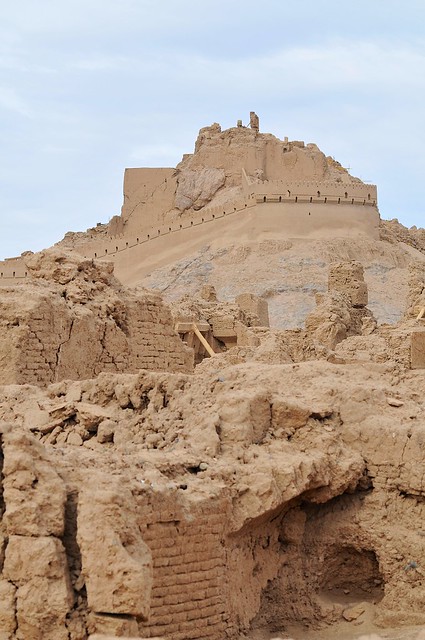
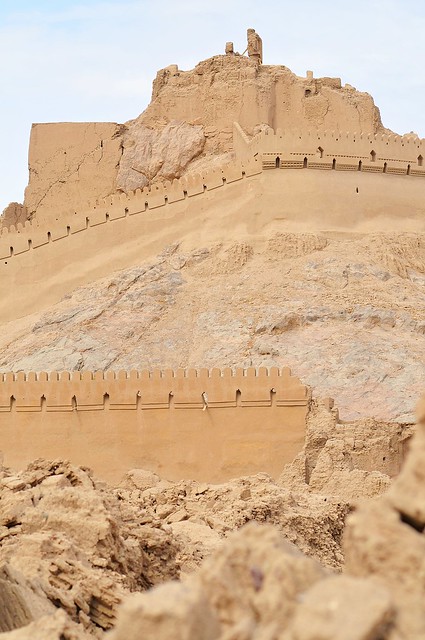
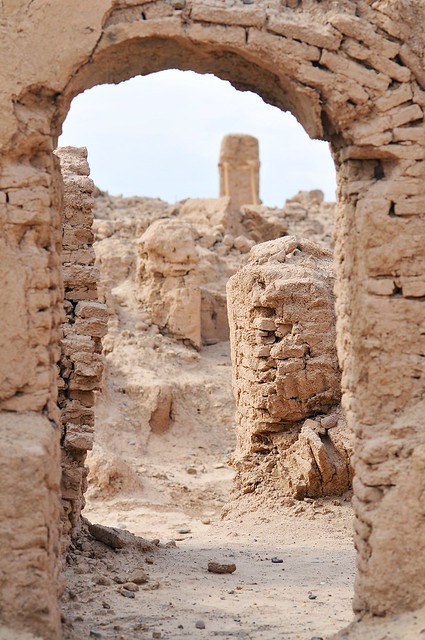
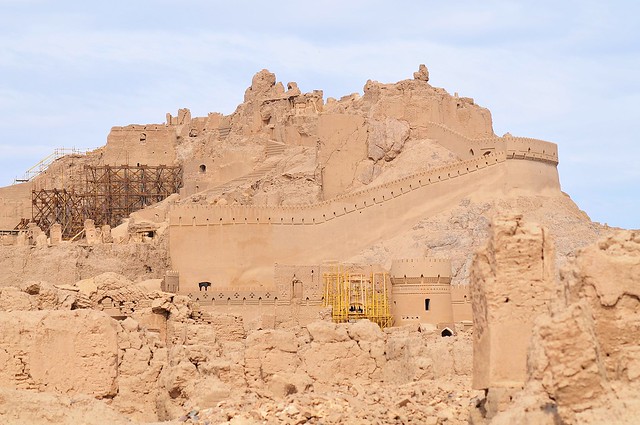
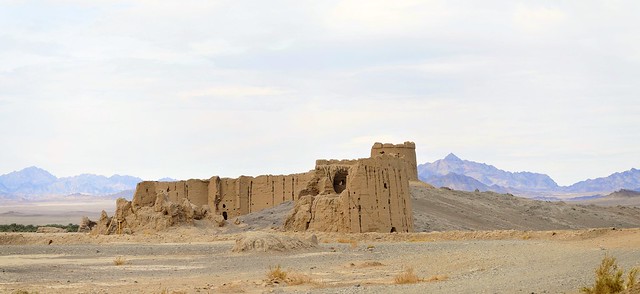

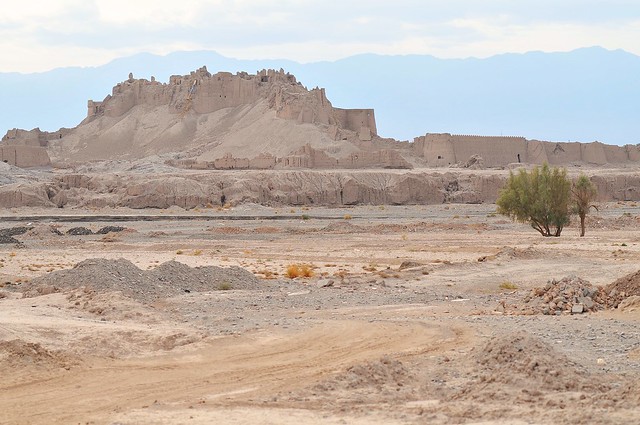
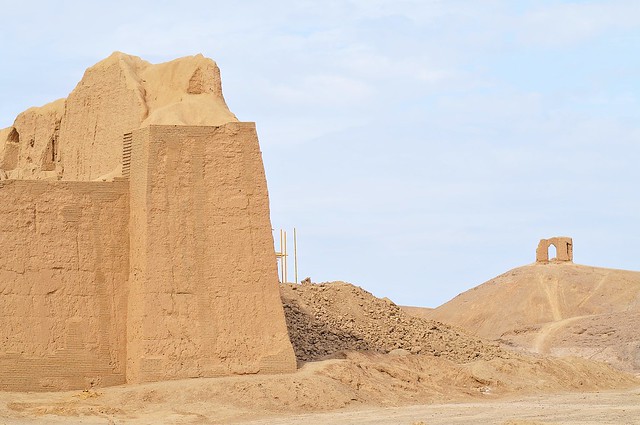
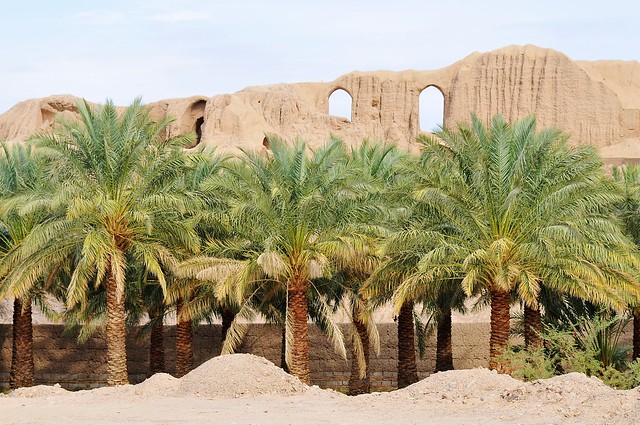
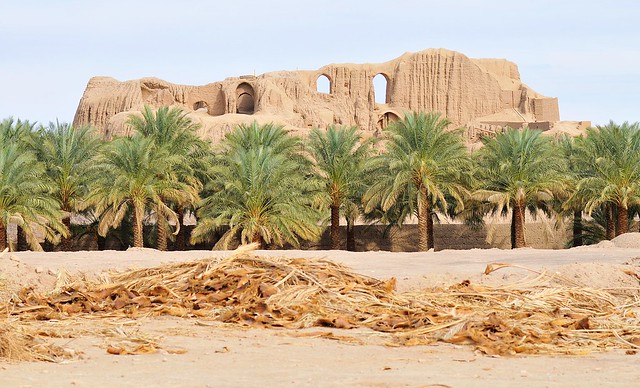
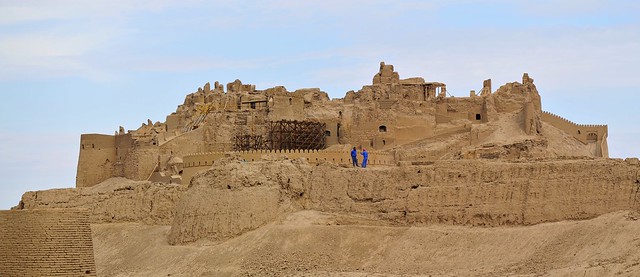
Hey there,
ReplyDeleteThanks for writing about this ancient city Bam, Iran. Everyone should know about this city. Bam is the most representative example of a fortified medieval town built in Iran. I'm curious to know more about Bam.
Thanks for your help to share about Bam.
Great post!!
ReplyDeleteThanks for the information. Such a useful information you have posted here.
Hiking Trip Montenegro
Thanks for sharing it.